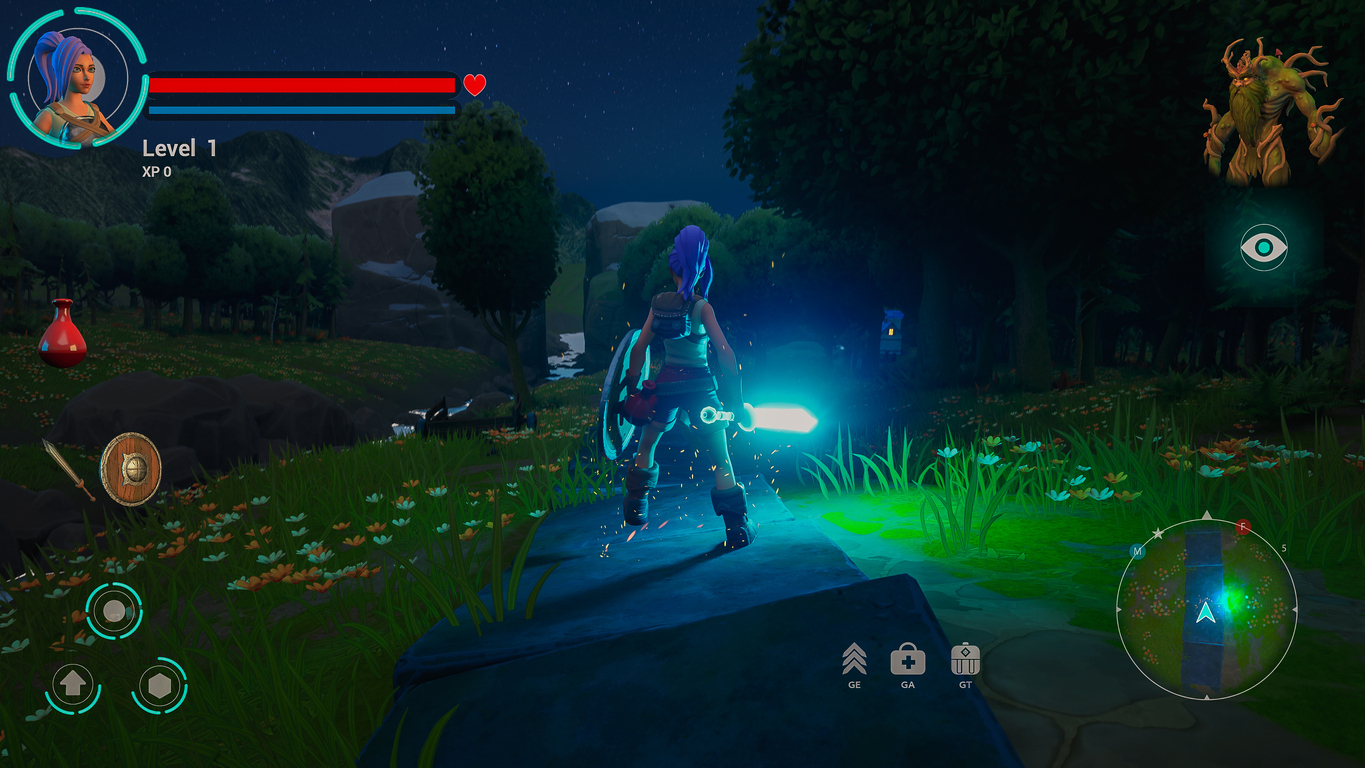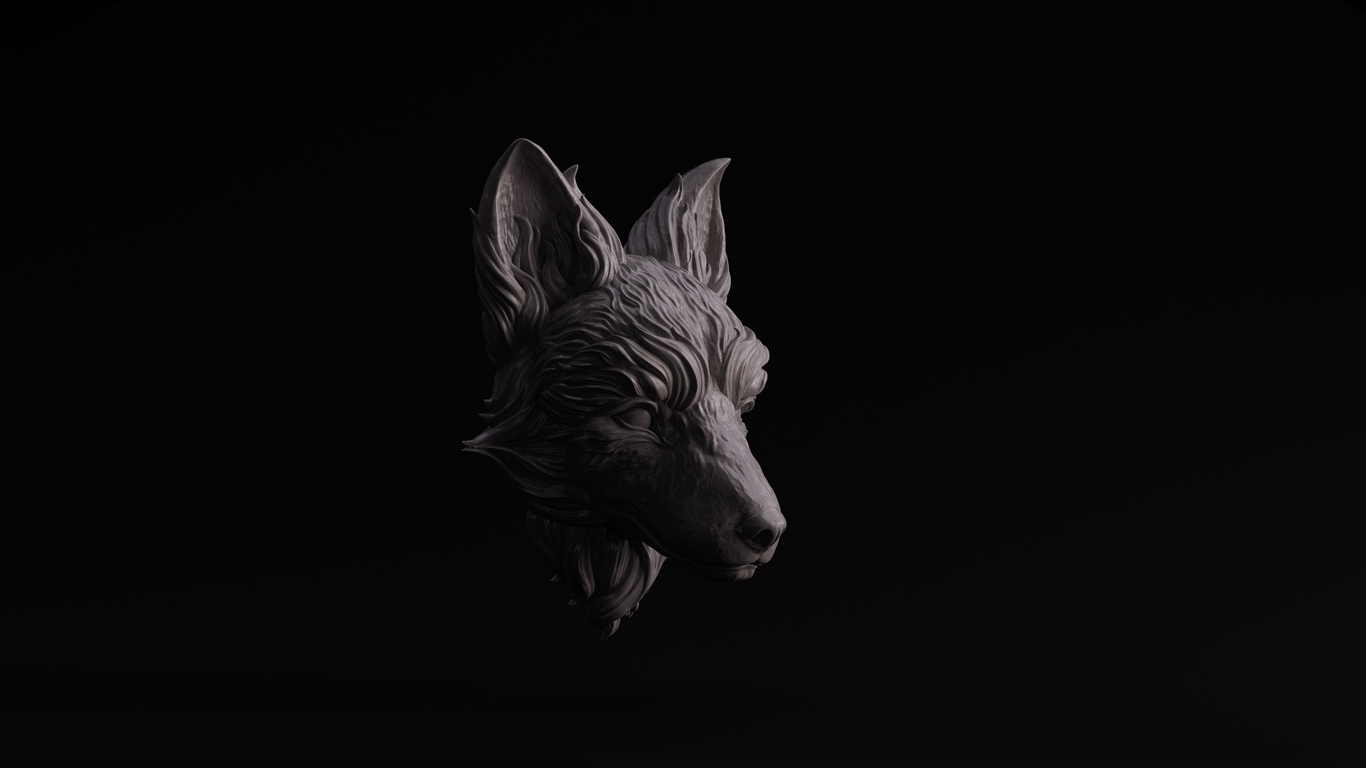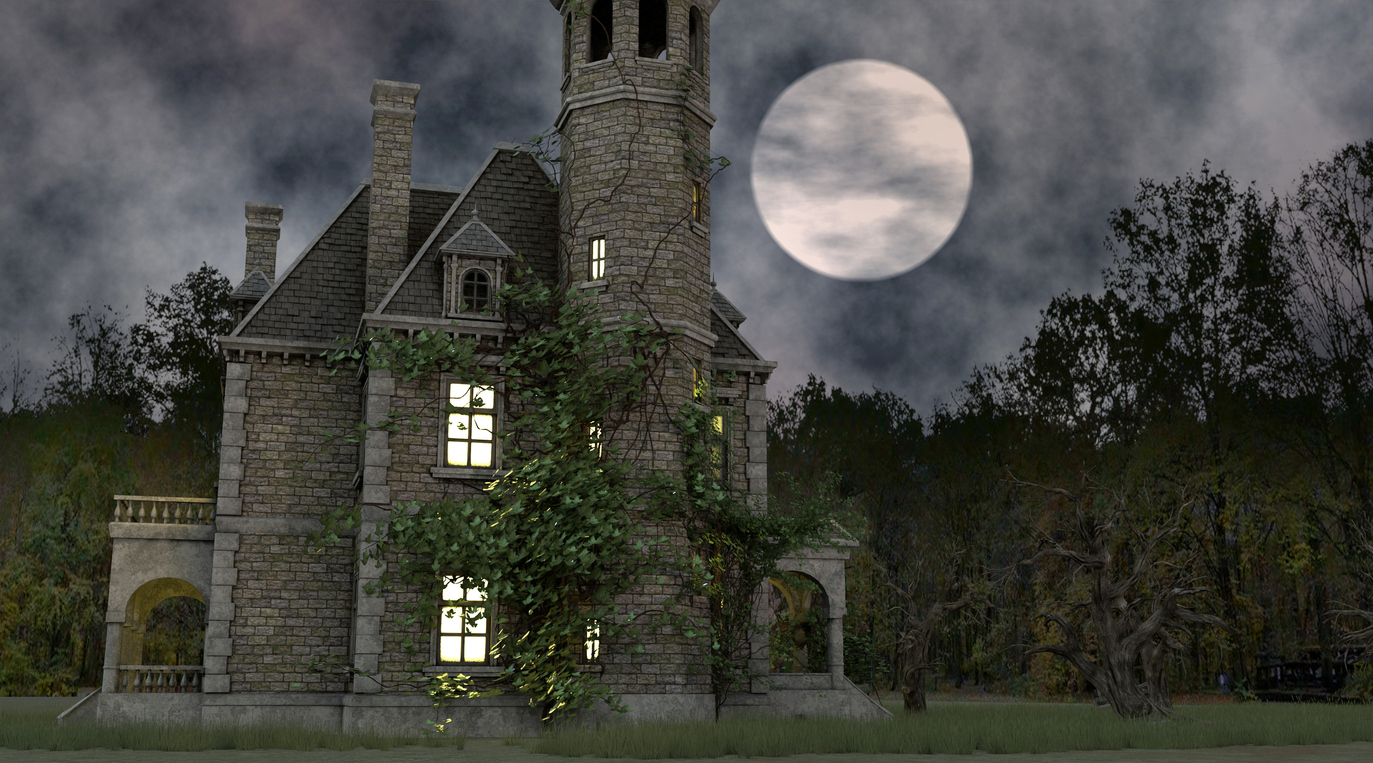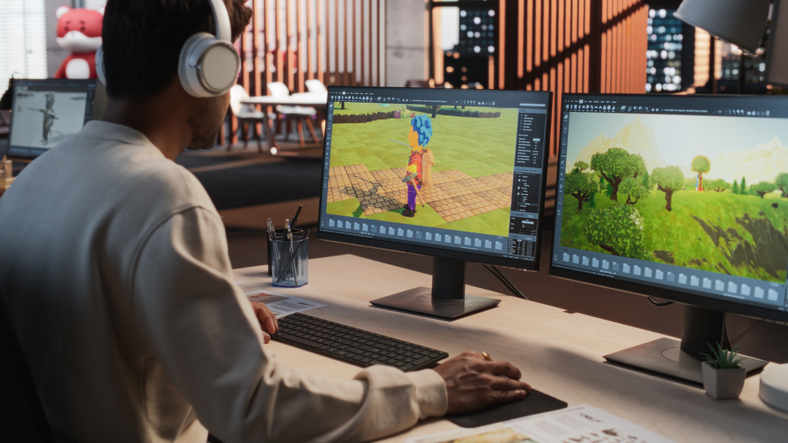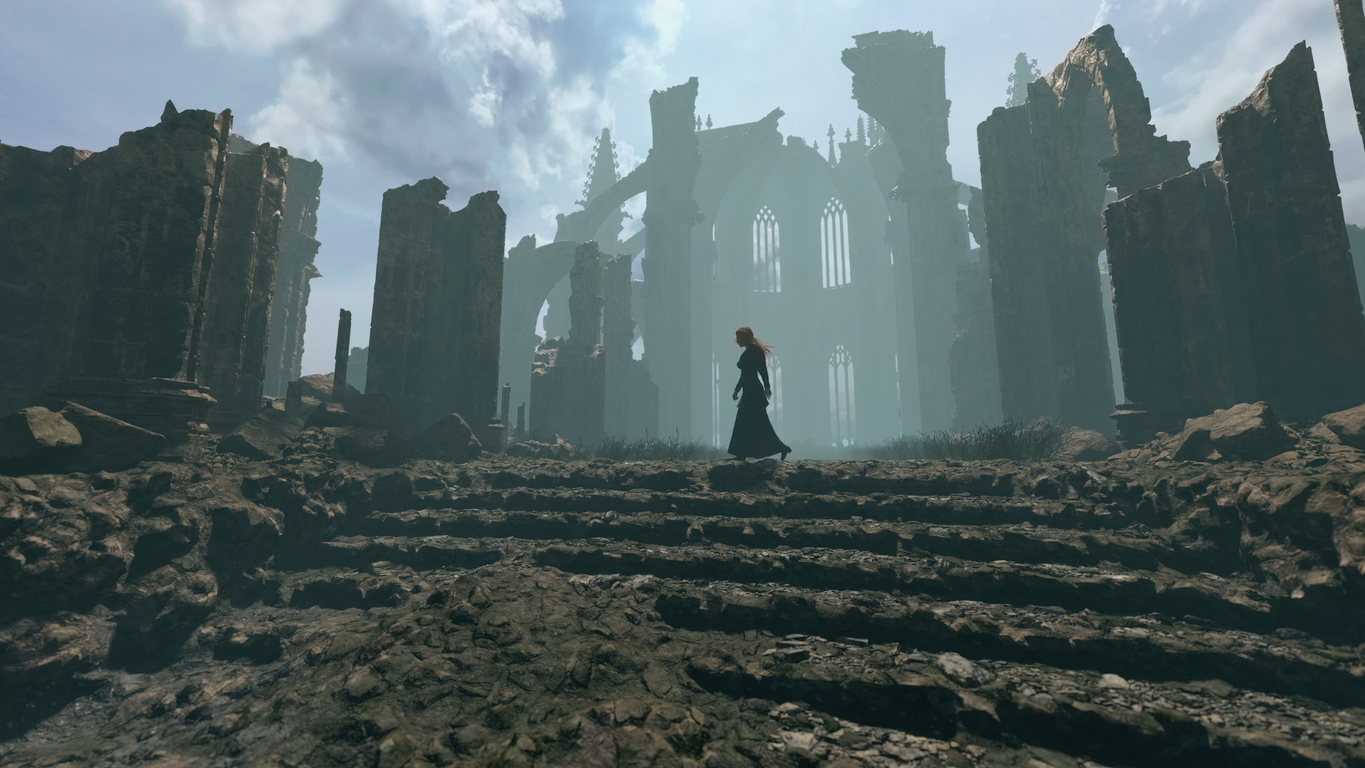If you've ever wondered how to get started with SideFX Houdini and what it takes to go from zero to creative confidence, you're in the right place. This guide will walk you through the key steps, tools, and mindset you’ll need.
Along the way, if you want structured training and a clear path forward, you’ll see why the 3D Modeling Animation Art and Design Diploma at Visual College of Art and Design (VCAD) is a strong option.
How to Learn SideFX Houdini for Beginners?
Houdini is different from typical 3D software. Instead of simply moving vertices and twisting meshes, you build networks of nodes that generate, modify, and control everything. That means you can revisit changes, reuse systems, and create effects that are too complex for traditional workflows.
It is used in big-budget films, game development, simulations and motion graphics for good reason. When you embrace this node-based approach, you’ll gain flexibility and creative power you might not expect at first.
For anyone starting out, the “how” matters as much as the “what.” Now let’s map out how to Learn SideFX Houdini for Beginners in a way that feels doable.
Step 1: Get Familiar with the Core Concepts
Before diving into full effects or procedural landscapes, spend time getting comfortable with these ideas:
- The node graph: where everything happens. You’ll connect nodes to build your results instead of directly modifying geometry.
- Parameters and attributes: each node has parameters you control and attributes you manipulate to define behaviour.
- Procedural thinking: you’re building systems that generate output. That means designing for flexibility, not just final looks.
- The proper workflow: you’ll move between contexts like SOPs (geometry), DOPs (dynamics), VOPs (shaders) and more. Understanding how they link is essential.
If you skip this foundation and just follow tutorials step by step, you might struggle when you try to build something from scratch. The 3D Modeling Animation Art and Design Diploma at VCAD covers these foundational concepts in a structured way, so by the time you’re working in Houdini you’ll already speak its language.
Step 2: Follow a Beginner-Friendly Path
To Learn SideFX Houdini for Beginners, you’ll want a learning path that builds steadily. Here’s a good way to do it:
- Start with the official Houdini “Foundations” tutorials on the SideFX website. They walk you through the interface, modelling, lighting and rendering in manageable chunks.
- Pick one small project early on—a procedural cup, a bouncing ball with gravity and collision, or a simple particle scene. Finish it. That finish counts more than complexity.
- Gradually explore more complex systems—procedural terrain, cloth simulation, pyro/fire/smoke.
- Build your own mini-projects. For example: design a rock generator that creates thirty rocks from one network. Or build a procedural city generator with one slider for building height. These low-risk experiments uncover the power of Houdini.
VCAD’s diploma programme blends guided instruction and open-ended projects. It gives you space to experiment with tools like Houdini and push into your own creative ideas while getting feedback.
Step 3: Pick Your Resources Wisely
There are a lot of tutorials out there but not all are created equal. Here are some solid choices:
- Free official content from SideFX.
- Beginner-friendly sites such as Hipflask which walk you through small, digestible lessons.
- Project-based training like Applied Houdini for when you’re ready to dig deeper.
- Community blogs and forums (Reddit’s r/Houdini, SideFX forums) where you learn from others’ mistakes and successes.
As you explore, remember: you don’t need to watch all tutorials. Choose one resource and commit. Better to finish one path than start three and stall.
Step 4: Move from Following to Doing
When you first use Houdini you’ll follow someone’s project. That is fine—you’ll pick up the tools. But the real growth comes when you say: “okay now let me build something.”
Here’s how to transition from copying to making:
- Re-create the tutorial project without watching it this time. Rely on your notes and memory.
- Change values. See what happens when you tweak a parameter by 100% or reverse a node.
- Break something. Then fix it. The confusion is your friend—understanding why something broke is a deeper lesson than simply making it work.
- Build your own small project, even if imperfect. It might be you designing a procedural lamp, a scattering system for leaves, or a simple destruction setup. The point is you built it.
In VCAD’s diploma classwork you’ll start to apply these “make it yours” sessions and get feedback from instructors experienced in production workflows. That kind of guidance shortens your path significantly.
Step 5: Understand the Role of Scripting and Attributes
As you dig deeper into Houdini you’ll encounter attribute wrangles and VEX (Houdini’s scripting language). Many beginners panic at the idea of scripting but it does not need to be scary.
Here’s a gentle way in:
- Learn the basics of attributes like @P, @Cd, @v. These are variables that hold position, colour, velocity etc.
- Open a wrangle node and write one line of VEX like @Cd = set(1,0,0); (makes geometry red).
- Explore examples. See how one small wrap of VEX creates huge effects when applied to thousands of points.
- Use scripting not to replace nodes entirely but to extend them. It’s a tool, not a barrier.
When you join a structured programme like VCAD’s 3D Modeling Animation Art and Design Diploma you’ll touch on scripting like this in context—not as a standalone topic. That connection between the tool and the creative idea makes all the difference.
Step 6: Build Your Own Node Library and Document Your Learning
One silent secret of Houdini pros is this: they have a personal node library.
Every time you solve a problem or build a neat setup, save it. Tag it. Note what you did and why it worked. Over weeks you’ll have a folder of reusable systems.
Also: keep notes. Not complicated pages. A simple list in Notion or Evernote of “What this node does” or “Why I used this trick” helps more than you think.
When you’re working in a structured educational programme at VCAD you’ll get assignments that naturally push you toward building these libraries and documenting your workflow—making the real world feel familiar by the time you graduate.
Step 7: Join the Community and Share Your Work
Working in Houdini can feel isolating if you’re just clicking through tutorials by yourself. Make sure you:
- Visit the SideFX forums and Reddit’s r/Houdini. You’ll find threads where people share what they broke, what they fixed, and how. One user wrote “after five hours of trying I finally understand what the switch node was doing.” That kind of confession helps you feel normal.
- Share your own experiments—even if they look rough. Ask for feedback.
- Join or follow Discord servers, streamers, or Instagram accounts focusing on procedural art.
- The more you share the faster you’ll internalise concepts and build your creative confidence. And when you’re enrolled in a diploma programme like the one at VCAD, peer feedback becomes part of your learning journey.
Step 8: Keep Up with Software Updates
Houdini is not static. New versions bring powerful new features that change workflows. For example, version 20 introduced updates that improve real-time preview, modelling workflow and USD/ Solaris integration.
By staying current you avoid learning outdated shortcuts that production studios no longer use. Your time matters. In a structured diploma you’ll get exposure to current versions and industry-relevant workflows so you graduate ready to work, not relearn.
Final Thoughts
Learning Houdini takes patience, but the payoff is huge. Every node you master expands what you can create—from realistic effects to entire digital worlds.
If you want guidance, feedback, and a clear path from beginner to industry-ready, the 3D Modeling Animation Art and Design Diploma at VCAD is a great place to start. You’ll learn Houdini alongside other essential tools and graduate with a portfolio that proves your skills.
Start small, stay curious, and keep experimenting. Each project builds confidence, and before long, you’ll realize you’re not just learning Houdini—you’re thinking like a true 3D artist.
